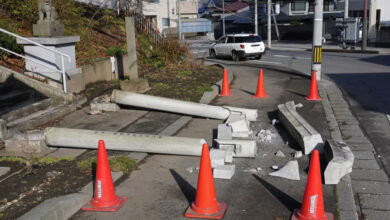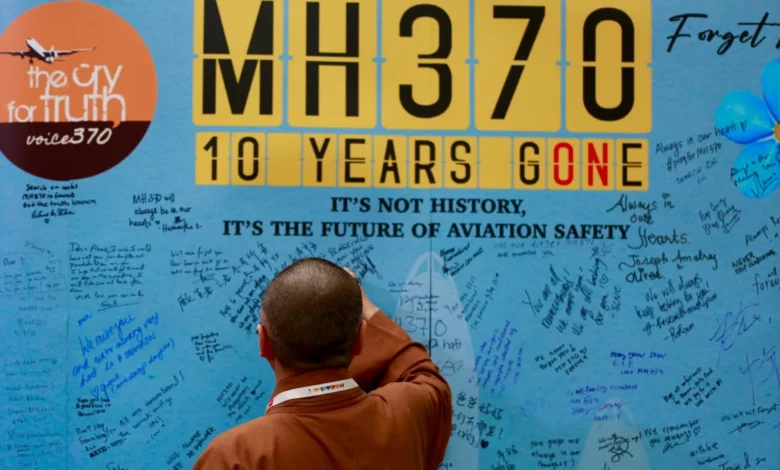
A commercial airliner with a strong safety record carrying 239 people vanishing from the map, spawning a wide variety of competing theories, books and documentaries and leaving the families of those left behind asking themselves every March 8 – what happened to those aboard Malaysia Airlines flight 370?
In an era when black boxes have been successfully hauled up from the very depths of the ocean and whole chunks of a downed airliner painstakingly pieced back together to determine what caused a catastrophe, the fate of MH370 remains infuriatingly elusive.
It is a plane crash without a plane. A disaster without conclusive proof of what happened to its victims. A story that anyone who embarks on a commercial flight can instantly relate to but one that, for now at least, doesn’t have a closing chapter.
Yet many experts believe there is still a strong chance MH370’s wreckage could be located, if someone looks hard enough and – crucially – coughs up the staggering amount of money that might be required to achieve that goal.
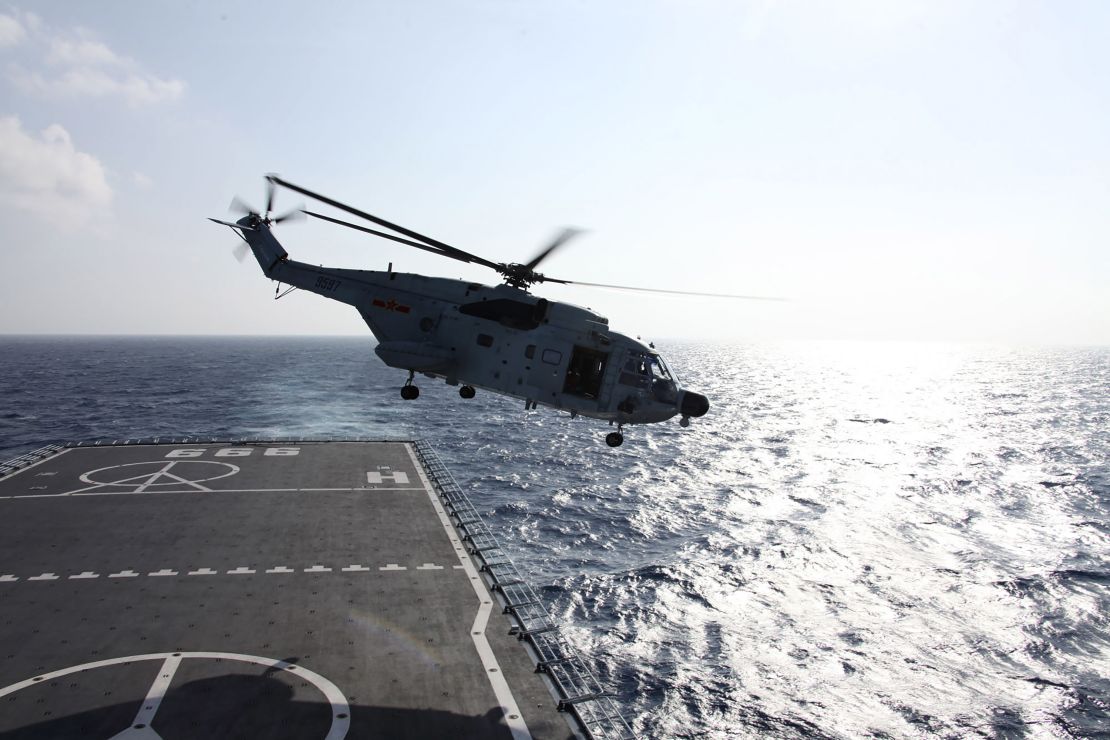
For Jiang Hui, who lost his mother in the disaster, this time of year is especially tough – and not just because of the March 8 anniversary.
Qingming, the annual festival when Chinese people visit and clean their ancestors’ graves, falls in early April.
“But we never found MH370. I never found my mother,” Jiang told CNN. “I can’t commemorate my mother just like everyone else.”
His mother, Jiang Cuiyun, is still listed as “missing” back home in China, he said.
“I will only find my mom if I can find MH370,” he added.
Beijing-bound Malaysia Airlines flight 370 dropped off the radar shortly after departing Kuala Lumpur in the small hours of March 8, 2014.
The take-off was uneventful. The flight reached its cruising altitude of 35,000 feet and the pilots spoke briefly with Vietnamese air traffic as the plane headed on its standard route.
After that the aircraft stopped communicating, then vanished from radar when it made an unexpected turn to the west.
Apparent fragments have since washed up on the eastern coast of Africa and islands in the Indian Ocean, where the aircraft and those on board are believed to have met their fate.
But to this day, the body of the aircraft and its black box has never been found. It’s believed to have crashed. But we still don’t know why.
A new search?
This week, many loved ones of those missing returned to Malaysia to urge local authorities to relaunch a search ahead of Friday’s anniversary.
“There have been ships lost that are found after hundreds of years. So we cannot say that this plane will never be found,” one family member V.P.R Nathan told Reuters during a recent commemorative event. His wife Anne Daisy was on board MH370.
“Of course it can be found. It is a matter of time,” he said.
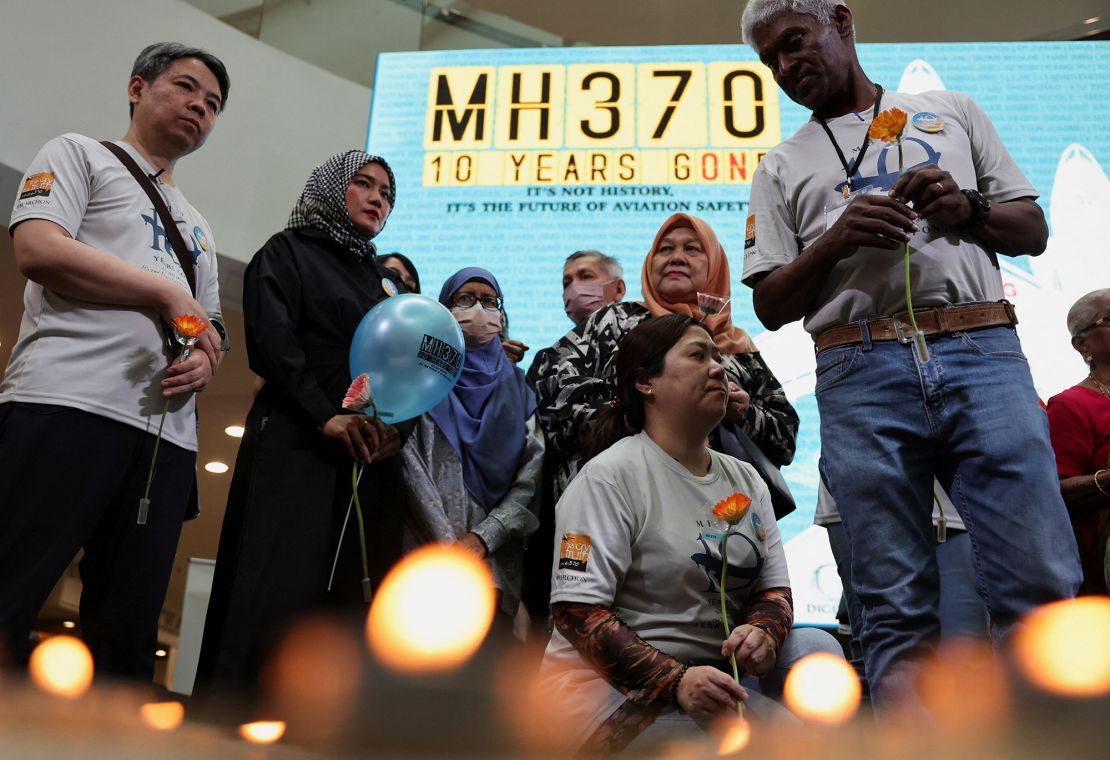
Aviation experts tell CNN that improved detection technology will likely bring families closer to the missing plane than they ever have been, if a search were to be relaunched.
But that will not be cheap.
Hundreds of millions of dollars were spent scouring more than 710,000 square kilometers of the Indian Ocean until 2018, but nothing transpired that moved our understanding on from that already available since the very early days.
United States-based sea exploration firm Ocean Infinity is offering the Malaysian government another “no-find, no-fee” deal – like they did in 2018 – but experts noted the authorities would still have to pay up if the aircraft was found.
To families’ encouragement, Malaysian authorities have made some positive remarks about the prospect of a new search. On Sunday, Transport Minister Anthony Loke said his country would “do everything possible to solve this mystery once and for all.”
He said his ministry is “ready” to discuss a new “credible” search proposal with Ocean Infinity and will do “everything possible” to get Cabinet approval for a new contract with the firm.
“As we approach the 10 years remembrance of this heart-wrenching tragedy, it is a painful reminder of the decade-long journey of grief and resilience that loved ones of the victims have endured,” he said.
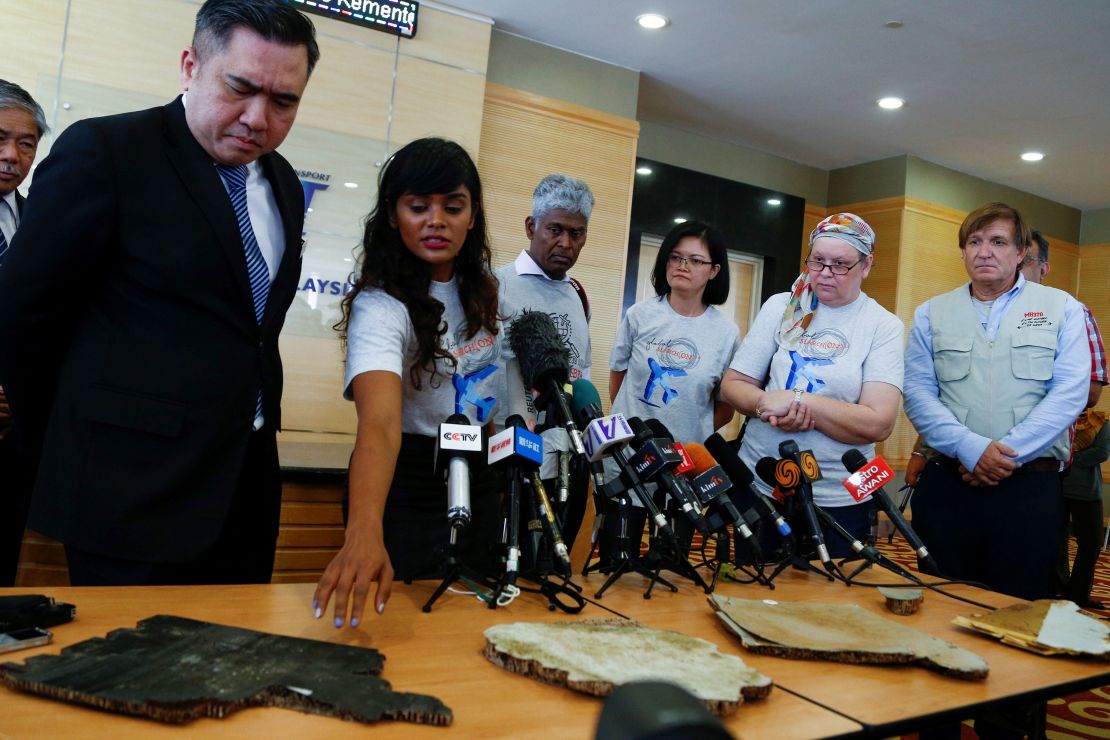
Oliver Plunkett, CEO of Ocean Infinity, said since the 2018 search, the company has been honing its robotics and sea-exploration technology, while working with analysts to narrow down search areas to “one in which success becomes potentially achievable.”
“We hope to get back to the search soon,” he said in a recent statement.
But neither Ocean Infinity nor the Malaysian government have given more concrete details on their possible plans.
Competing theories
With little facts established, the disappearance of MH370 has puzzled the world and set off all kinds of theories over the years, from mechanical failure to accidental or deliberate pilot error and even some sort of hijacking.
Where facts end and the mystery begins is around 40 minutes into the flight when the plane’s transponder stopped transmitting.
Its blips soon disappeared from civilian and military radar. Subsequent traces eventually led experts to conclude the aircraft had flown drastically off course.
Instead of flying northeast across the South China Sea, analysts believed it turned back and glided south inexplicably over the Indian Ocean, one of the world’s most remote locations in terms of flight monitoring due to the lack of imaging satellites, according to aviation experts.
“This has all the hallmarks of a spy thriller, an espionage thriller. And it’s captured the world’s imagination,” Geoffrey Thomas, editor-in-chief of AirlineRatings.com, said.
“Everybody can place themselves on a Boeing 777. Everybody can place themselves flying from Kuala Lumpur to Beijing,” he said. “It’s so real.”
An initial search, carried out by Malaysia, China, and Australia and estimated to have cost 200 million Australian dollars ($132 million), was called off in January 2017 after failing to find any trace. Ocean Infinity was then brought in by the Malaysian government on a no-find, no-fee basis. But its 90-day search in 2018 also failed to bear fruit.
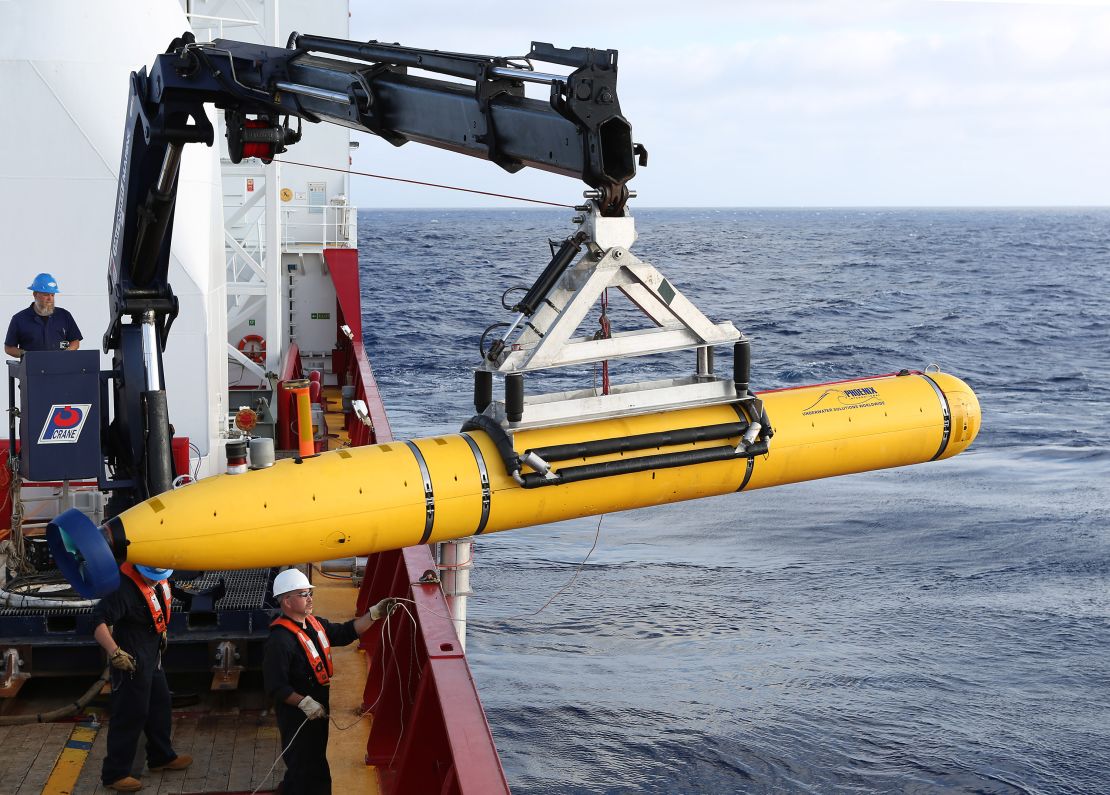
Richard Quest, CNN’s Business editor-at-large and former Aviation Correspondent said despite years of search efforts, “the real truth is we are no closer to knowing exactly what caused the plane to go missing.”
“The hope is that new search techniques, new equipment, and better understanding of what happened to the plane will make this search successful,” said Quest, author of “The Vanishing of Flight MH370.”
Breakthrough in technology
Aviation experts are confident about a breakthrough, if a new search is to be conducted.
They pointed to a piece of technology called Weak Signal Propagation Reporter, or WSPR (pronounced whisper), released in 2008. The technology has become popular among those looking for MH370 in recent years.
Radio amateurs use it to track the strength of radio signals around the world and the data they collect catch anomalies caused by various types of interferences, which include a flight passing through, retired British Aerospace engineer Richard Godfrey explained to CNN.
Godfrey said he traced WSPR data back to the time when MH370 disappeared and concluded the aircraft may be lying between 3,000 and 4,000 meters (9,800 to 13,000 feet) below the Indian Ocean, about 1,500 kilometers (930 miles) off the coast of Perth, Australia.

As thorough as past searches might be, Godfrey said, they have not covered the location he suggested.
“I certainly believe MH370 can be found,” he said, adding that his findings are in line with other hints, such as data provided by British satellite telecommunications company Inmarsat, which pointed to more or less the same area.
But even if another expedition is granted, he said, preparation work could take months.
AirlineRatings’s Thomas has “a strong feeling” Godfrey is right but raises another anxiety. “I’m concerned that they’re just giving the relatives some warm, comfortable statements on the anniversary,” he said, of the Malaysian authorities.
Reality hits
Some relatives, like American Sarah Bajc, who lost her partner Phil Wood, have tried to move on. But she still feels like she is living in the shadow of the past from time to time.
Since the flight’s disappearance, Bajc has moved from Asia to Panama, where she remarried and opened an eco-resort that allows her and her husband to live off grid in the rainforest.
But to this day, she avoids watching dramas and documentaries about plane crashes and has recurring nightmares.
“I would have nightmares of diving in this beautiful area with lots of fish. And then all of a sudden, the plane hull would be there, and the bodies would be floating,” she said.
On the prospect of a new search, she is sanguine.
“Maybe they’re ready to do that, in which case I’m very happy because … the families need closure, the world needs closure, and somebody needs to be held accountable,” she said, of the prospect of another search being launched by Malaysia.
Others, like Jiang, are determined to get to the bottom of the truth.
He says not a day goes by when he doesn’t think of his mother, who he described as a strong and hardworking woman he idolized as an inspirational figure.
“I can find her shadow in me. Whatever I am doing now is what my mother wants me to do,” he said.
Jiang is among the 40 families who launched another bid back home last year to seek justice through the Chinese legal system.
Those on board came from a multitude of nationalities but China was hit by far the hardest with 153 passengers.

The claimants in China are suing Malaysia Airlines, its insurer, Boeing and the manufacturer of the plane’s engine, demanding compensation, a formal apology, and the resumption of psychological assistance to family members, as well as the creation of a fund to continue searches for the plane.
It’s unclear, however, how much jurisdiction Chinese courts will have over the list of companies with headquarters overseas.
Having spent the past few days meeting Malaysian officials, Jiang is optimistic about a new search. But it also gives him mixed feelings.
“On one hand, I really want to find the plane today or tomorrow,” he said. “But I am also afraid of the reality I must face after finding the plane.”



